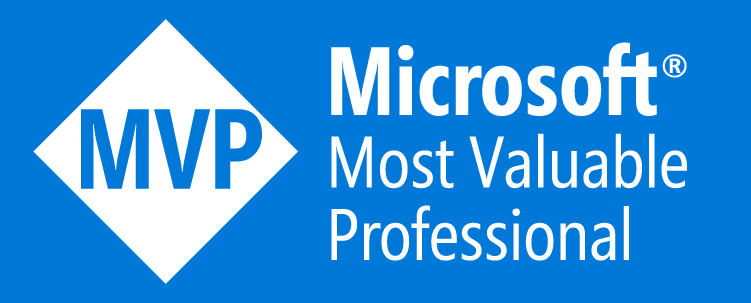Incident management: Creating an incident
Since a while I’ve been working with a new Microsoft product from the System Center family called Service Manager 2010. I’ve been putting a lot of time and effort in using it and I wanted to share this with you. So from now on I’m gonna write some blogposts about it. I’m gonna try to do this in a persona-scenario kind of way. But one step back, what the heck is Service Manager 2010 anyway? I can write a whole definition about it but Microsoft also has a clear one:
System Center Service Manager 2010
Microsoft System Center Service Manager is an integrated platform for automating and adapting your organization’s IT service management best practices, such as those found in Microsoft Operations Framework (MOF) and Information Technology Infrastructure Library (ITIL). It provides built-in processes for incident and problem resolution, change control, and asset lifecycle management. Through its configuration management database (CMDB) and process integration, Service Manager automatically connects knowledge and information from System Center Operations Manager, System Center Configuration Manager and Active Directory.
Source: Microsoft
First of all what I want to do is show you part of SCSM 2010 and what it does out of the box. My first focus will be on working with incidents in SCSM 2010. In SCSM 2010 they have delivered an incident management pack based on best practices like MOF and ITIL. A high level overview about incident management is written by Ketan Ghelani overhere.
I’m using the following personas and scenario for this. I have used the Microsoft Dynamics Customer model for this.
Personas
Lisa – Customer Service Representative
Charlie – Customer
Scenario #001 – Lisa creates an incident
Lisa gets a call from Charlie at the Helpdesk number. Charlie tells Lisa that he isn’t able to use his e-mail. This is already the second time this happened. Last time a colleague from Lisa helped him with that incident. Charlie also tells Lisa that he is away for the next few days and that he is only available via landline number +1 123 456 789
Like you see above, this is not the most interesting scenario. But it does give you a first idea of what kind of interface we are dealing with. So this is the main reason why I’m posting this, showing you the User experience of SCSM 2010.
Lisa executes the following steps in this scenario:
1. Log on to the SCSM 2010 console
2. Create an incident & fill in the details
3. Relate an older incident
4. Activate the incident & watch it in the incident overview
1. Log on to the SCSM 2010 console
This is of course the most basic step. I added this one to still give you an idea what you will experience when first opening the console.



2. Create an incident & fill in the details
Most important part of this step is to view the interface. There are a few important parts in the interface of creating a work item, in this case an incident. You have a status part on top of your screen, tabs with information about your work item and a tasks pane on the right to do something with the work item.








3. Relate an older incident
One of the features in this management pack and the product itself is that you can relate a lot of stuff to a work item. In this scenario I’m showing you how to relate another incident to this current incident.




4. Activate the incident & watch it in the incident overview
Like I stated in one the previous screenshots SCSM 2010 is working with folders and views to show work items. I wanted to show the end result to also give you an overview of this interface.


So this is a quick overview of how to register a incident and in general a work item in System Center Service Manager 2010. If you have some questions or feedback feel free to comment in the section below. I will post some new scenarios soon.
Sources:
Microsoft Service Manager product page
High level overview incident management written by Ketan Ghelani on the Microsoft Service Manager 2010 team blog
Microsoft Dynamics Customer model poster
Microsoft Opeations Framework

